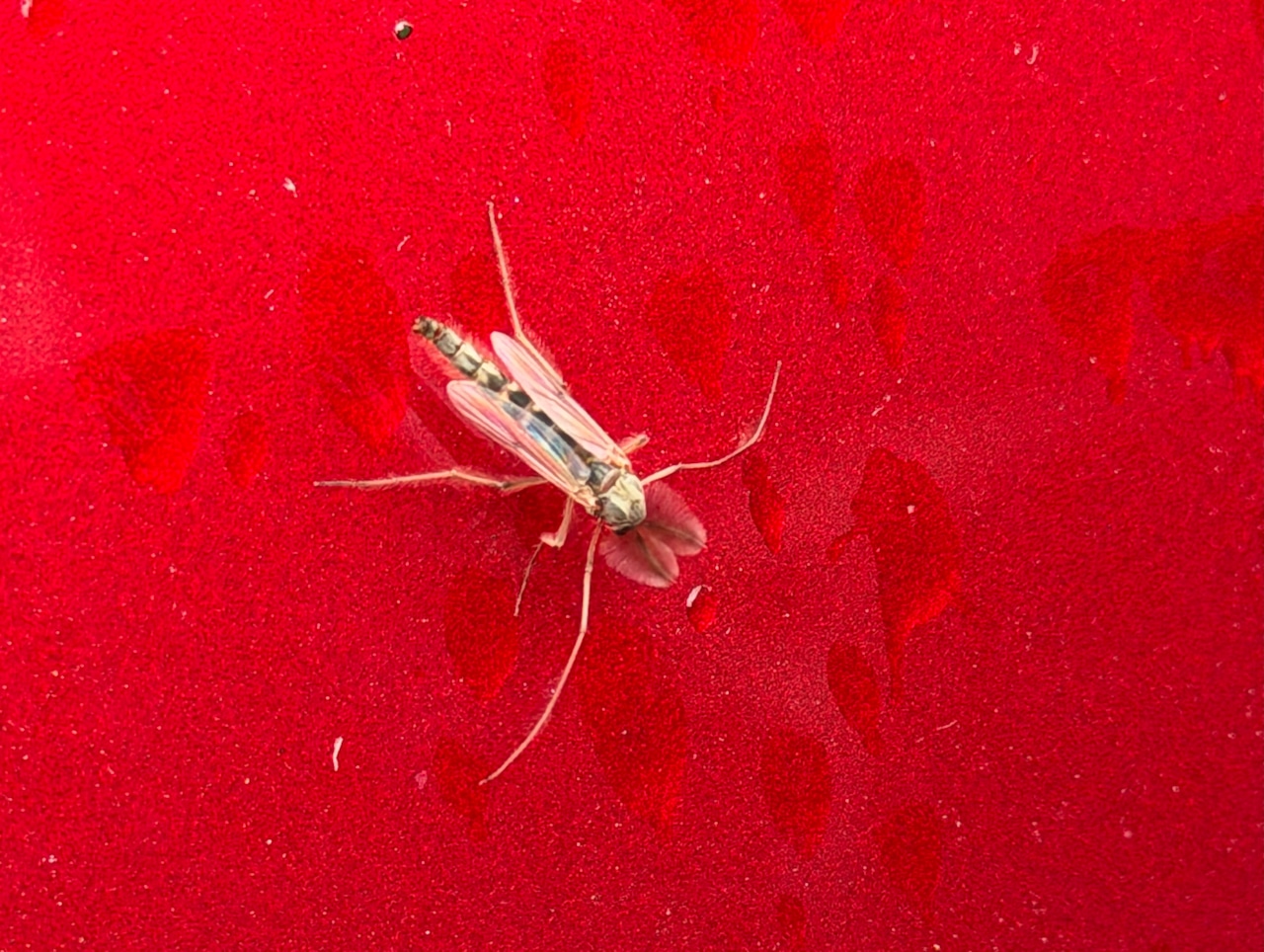CLEVELAND, Ohio — The midges are back — again.
A fresh wave of the tiny, non-biting insects has swarmed parts of Northeast Ohio this week, creating a rare sight for mid-October. But while the sudden appearance may surprise residents, experts say fall hatches like this aren’t unprecedented.
Travis Hartman, a fisheries biologist with the Ohio Department of Natural Resources, said the late-season emergence is tied to Lake Erie’s lingering warmth.
“With the late-arriving fall, our Lake Erie water temperature has stayed warm longer…” Hartman said. “When you combine what appears to be increased abundance of midge larvae with the lake and lake sediment staying warm longer, it sets up a circumstance that allows bug hatches later into the year than we normally were accustomed to.”
Midges — formally known as chironomids — spend most of their lives as larvae in lake-bottom sediment before emerging as adults once temperatures climb. Typically, that happens in late spring when the surface water crosses roughly 60 degrees. But when the lake stays warm deep into fall, those larvae can continue to mature and hatch later than usual.
“This is very much tied to water temperature and maybe even more importantly sediment temperature on the lake bottom,” Hartman said.
Surface readings near Cleveland hovered around 65 to 66 degrees this week, several degrees above the mid-October norm, according to the National Oceanic and Atmospheric Administration’s Great Lakes Environmental Research Lab..
Dr. Kristen Fussell, associate director of Ohio Sea Grant and Stone Laboratory, said it’s not unusual to see some insect activity on the lake this late in the season — though it may not always be midges. Both midges and mayflies can emerge in October, she noted.
While the swarms of midges can be a nuisance — especially when walking or running along the lakeshore — the insects play an important ecological role, providing food for fish, birds and even other bugs.
Hartman noted that unusually warm falls have made late-season activity more common in recent years.
“This has become more common in recent years,” he said, adding that similar conditions occurred as far back as 2007 — the same year midges famously swarmed Progressive Field during a playoff game between the then-Cleveland Indians and New York Yankees.
“Sometimes it even helps us when opposing pitchers are bothered by them during Guardians playoff games,” he joked.
If you purchase a product or register for an account through a link on our site, we may receive compensation. By using this site, you consent to our User Agreement and agree that your clicks, interactions, and personal information may be collected, recorded, and/or stored by us and social media and other third-party partners in accordance with our Privacy Policy.

